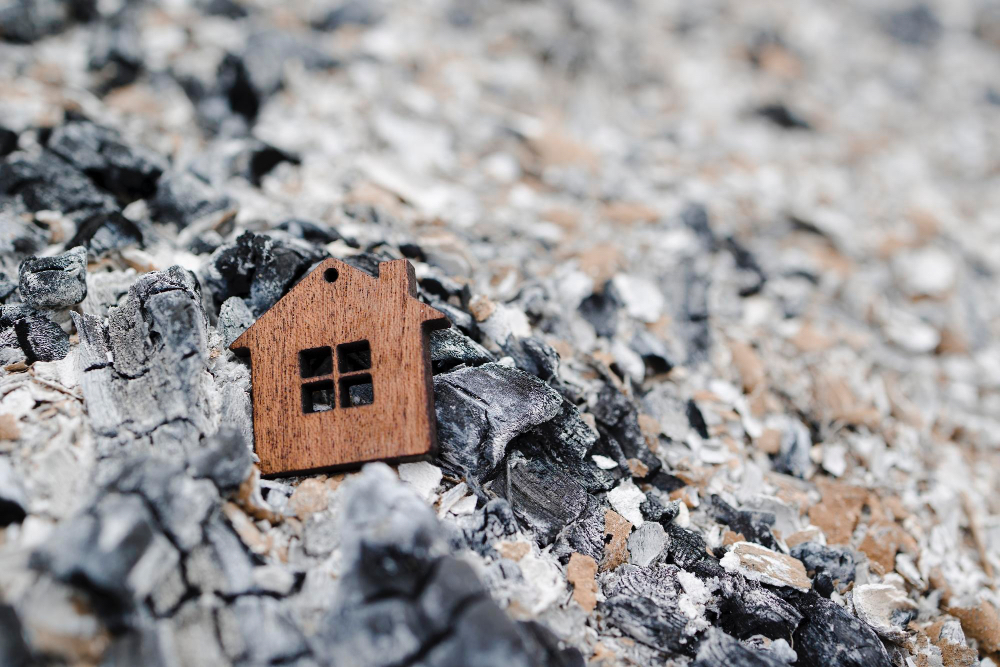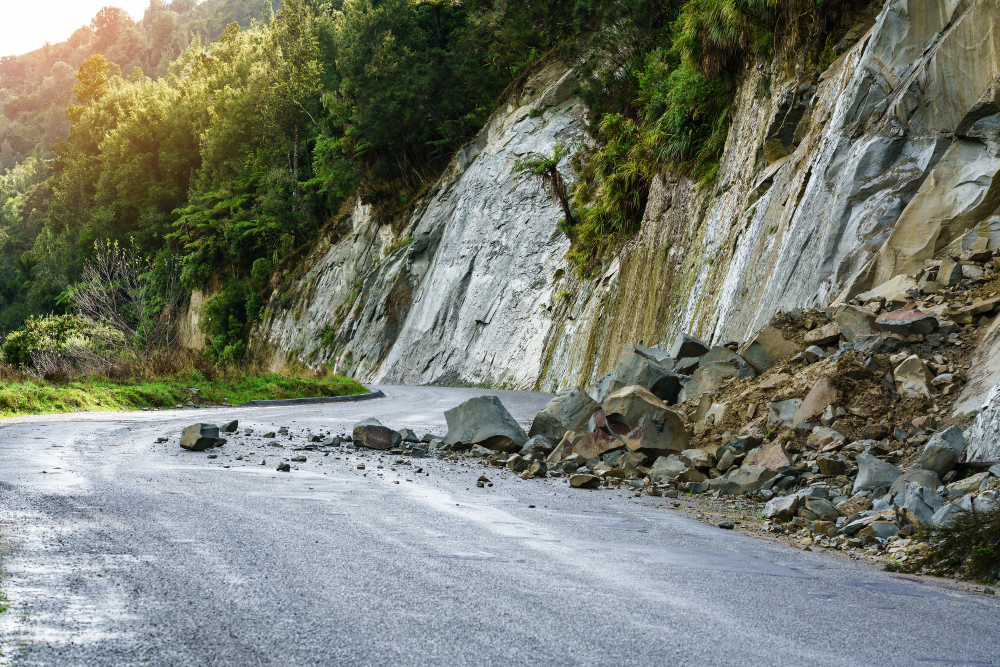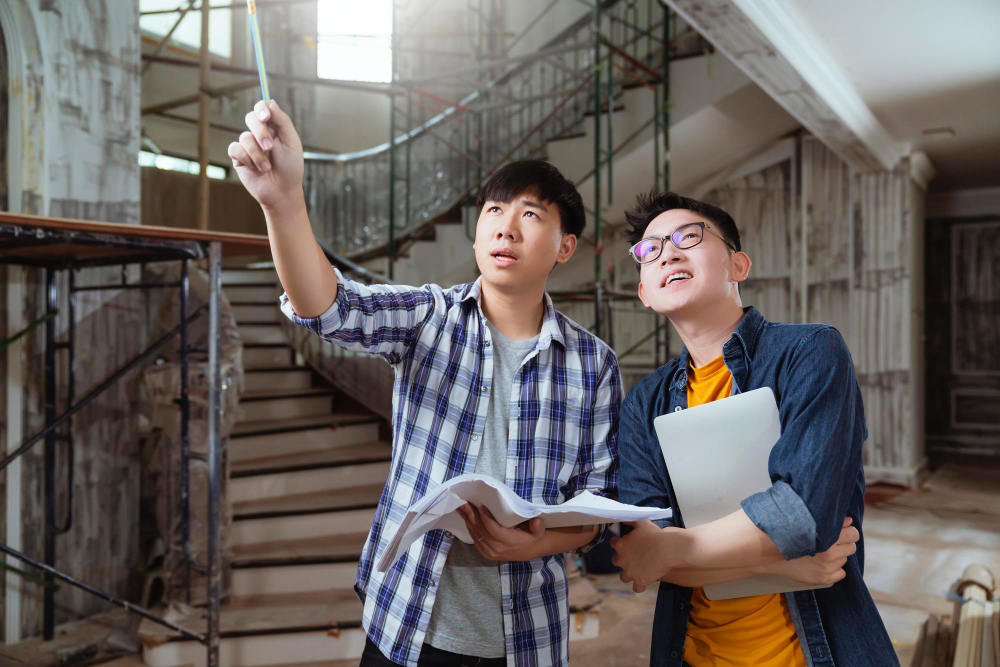How Can You Protect Your Real Estate Investment from Natural Disasters?

The Philippines is one of the most beautiful countries in the world and is also known as a paradise on Earth. But it’s not really a paradise if you’re not prepared for disasters, especially natural disasters like typhoons and earthquakes. As an investor, it’s important to know how you can protect your real estate investment from natural disasters in the Philippines.
The Philippines is a country prone to natural disasters. There are several reasons for this, but one of the main ones is that it lies on a typhoon belt and has active volcanoes. The country experiences an average of 20 typhoons each year; however, only about 5-10% of these make landfall in the Philippines.
The Philippines is a long and narrow archipelago, which means that it is exposed to typhoons from both the east and the west. The typhoon season in the Philippines runs from June to November, and the most active months are September and October.
In addition to typhoons and earthquakes, there are also landslides caused by heavy rains or strong winds which can lead to flooding if houses are built along riverbanks or near steep slopes with loose soil coverings like grasses, etc…
Most Common Natural Disasters in the Philippines
Natural disasters are common in the Philippines, and you need to be prepared for them. Here are some of the most common types of natural disasters that can affect your real estate investments (residential and commercial real estate):
Typhoons
Typhoons are cyclonic storms that bring heavy rain, strong winds, and high waves. They can cause damage to buildings on land and at sea due to strong winds blowing roofs off homes or boats capsizing during rough weather conditions.
Here are some tips on how to prepare for a typhoon:
- Stay informed: Monitor weather reports and typhoon warnings from official sources, such as the Philippine Atmospheric, Geophysical, and Astronomical Services Administration (PAGASA).
- Secure your home: Bring outdoor furniture indoors, secure loose objects, and trim trees and shrubs that could fall during strong winds.
- Have an emergency kit: Your emergency kit should include food, water, first aid supplies, a flashlight, a battery-powered radio, and other essentials.
- Know your evacuation plan: If you live in an area that is prone to flooding or landslides, have a plan for where you will go if you need to evacuate.
- Stay safe during the typhoon: If you are told to evacuate, do so immediately. If you stay home, stay indoors and away from windows.
Here are some additional tips for staying safe during a typhoon:
- Do not drive through flooded areas.
- Stay away from downed power lines.
- Do not touch floodwaters, as they may be contaminated.
- Check on your neighbors, especially the elderly and those with disabilities.
Earthquakes
The Philippines is located near active fault lines so earthquakes are another type of natural disaster that could occur in this country at any time without warning! Earthquakes can cause damage by shaking buildings apart or even causing landslides when soil becomes loose after being shaken too much by seismic activity underground (also known as seismicity).
Here are some tips for preparing for an earthquake:
- Know the earthquake plan in your area. Your local government should have an earthquake plan in place. This plan should include information on what to do before, during, and after an earthquake.
- Have an emergency kit. Your emergency kit should include food, water, first aid supplies, and other essentials.
- Secure your home. You can secure your home by anchoring furniture to the walls, bracing bookshelves, and hanging heavy objects away from windows.
- Know the evacuation routes in your area. In the event of an earthquake, you may need to evacuate your home. It is important to know the evacuation routes in your area so that you can get to safety quickly.
Floods
Floods are another type of natural disaster that can affect real estate. They happen when there’s too much water for a river or stream to hold, so the excess water flows out into other areas where it shouldn’t be like buildings and homes. This causes damage to property and can even make roads impassable due to high water levels.
Landslides
Landslides are a type of natural disaster that can also affect real estate. They happen when there’s too much soil on top of an unstable surface like a hill or mountain, so the excess soil slides down into other areas where it shouldn’t be like buildings and homes. This causes damage to real estate property and can even make roads impassable due to large amounts of dirt covering them up.

Assessing Risks and Vulnerabilities for Real Estate Investors
To protect your real estate investment from natural disasters in the Philippines, you need to first identify high-risk areas and understand how they may be affected by various types of disasters. Conducting a risk assessment helps you determine which areas are more vulnerable to natural hazards and how they might be affected by them.
The Philippine Institute of Volcanology and Seismology (PHIVOLCS) has identified 11 regions across the country that are considered highly susceptible to earthquakes:
- Western Visayas Region (Region VI)
- Central Visayas Region (Region VII)
- Eastern Visayas Region (Region VIII)
- Zamboanga Peninsula Region (Region IX)
- Northern Mindanao Region (Region X)
- North Central Luzon Province (NCR)
- Metro Manila City & Surroundings,
- Bicol Region/Mt. Mayon Volcano Area
- Southern Tagalog/Mt Apo area
- Calabarzon region
- Eastern Mindanao
These regions are located along the Philippine Fault System, which is a series of fault lines that runs through the Philippines. The Philippine Fault System is one of the most active fault systems in the world, and it is responsible for many of the earthquakes that occur in the Philippines.
Choosing the Right Location
Choosing the right location is one of the most important things you can do to protect your real estate investment from natural disasters in the Philippines. It’s important that you thoroughly research historical data on natural disasters, evaluate the local infrastructure, and determine how close your property is to evacuation centers and emergency services.
Researching Historical Data on Natural Disasters
Before purchasing residential and rental properties, it’s important that you research past weather events in that region so that you know what types of storms are common there.
For example, if there has been an earthquake in nearby towns within recent years or decades then this may be cause for concern when buying land near those areas because earthquakes could cause landslides throughout mountain ranges.
Evaluating Local Infrastructure
Another thing worth considering when choosing where to invest in real estate properties is whether or not there are adequate roads leading up towards remote locations like mountainside villas which many tourists choose as vacation homes due to their beauty but also because they’re safer from flooding compared with coastal areas which tend toward having higher risk factors associated with earthquakes occurring below sea level rather than above ground level like tsunamis caused by strong earthquakes hitting underwater fault lines along coastal regions.

Building and Design Considerations
The first step in protecting your property from natural disasters is to adhere to local building codes and regulations. Building regulations vary by municipality, so it’s important that you know what the requirements are where you plan on investing. You should also take into consideration any disaster-resilient design features that can be incorporated into the structure of your property.
For example, some buildings may be required by law or voluntary code compliance requirements to have impact-resistant glass windows or typhoon shutters installed on exterior walls during construction.
Building materials should also be durable enough to withstand high winds, flooding, and other types of damage caused by storms or earthquakes; this means using high-quality wood products like solid wood doors instead of hollow core doors made with fiberboard cores that won’t hold up well during an earthquake.
Insurance Coverage in Real Estate Investing
As a real estate investor, you need to be aware that natural disasters can happen anywhere in the Philippines and can significantly damage your property. In order for you to protect your investment, it is important that you have adequate insurance coverage for natural disasters.
The type of insurance policy should depend on what kind of structure is being insured. There are two types: building and contents coverage. Building coverage protects against physical damage caused by fire or other perils such as windstorms or flooding; while contents coverage protects items inside the house from theft or vandalism (e.g., furniture).
Disaster Preparedness and Management
When it comes to disaster preparedness and management, there are several steps you can take to ensure the safety of your property.
Develop an emergency plan for your property.
This includes identifying possible hazards, deciding who will be responsible for what tasks in case of an emergency, and determining how each person should respond to potential threats.
Regular maintenance and inspections.
Inspections will help identify any potential problems with buildings or utilities before they become serious issues that could affect the health or safety of residents during a disaster event; this is particularly important if you have older buildings in need of repairs due to age-related wear-and-tear on their infrastructure systems such as plumbing or electrical wiring systems (or if these systems were not installed properly). In addition, regular maintenance ensures that crucial equipment such as fire alarms function properly so they’re ready when needed most–during an actual emergency situation where lives depend on them!
Investing in early warning systems
Early Warning Systems (EWS) provide real-time alerts about upcoming disasters such as typhoons so people know what precautions they need to take beforehand rather than waiting until after things start happening.
Post-Disaster Recovery
When the disaster has passed, it’s time to assess damages and losses. You will need to file insurance claims with your provider and begin repairing or rebuilding your property. It’s important that you learn from this experience so that you can improve future disaster preparedness efforts for yourself, family members, and clients.
It is important to be proactive when it comes to protecting your real estate investment from natural disasters. As a real estate investor, you should be aware of the risks involved in investing in properties near these areas and take measures to mitigate those risks.
It’s also important that you learn how to respond swiftly and effectively if something does happen. For example, if there’s an earthquake or typhoon warning issued for your area, you should know what steps need to be taken immediately so as not only to protect yourself but also to ensure the safety of others living within your community or building complex as well.
Natural disasters are a reality in the Philippines, and they can be devastating. However, there are many things you can do to protect your real estate investment and minimize its impact.
From choosing the right location of your real estate developers to building and design considerations, it’s important to understand what types of natural disasters are most common in your area so that you can make informed decisions about where best to invest your money – whether it’s buying an investment property as a rental property or a new home.




